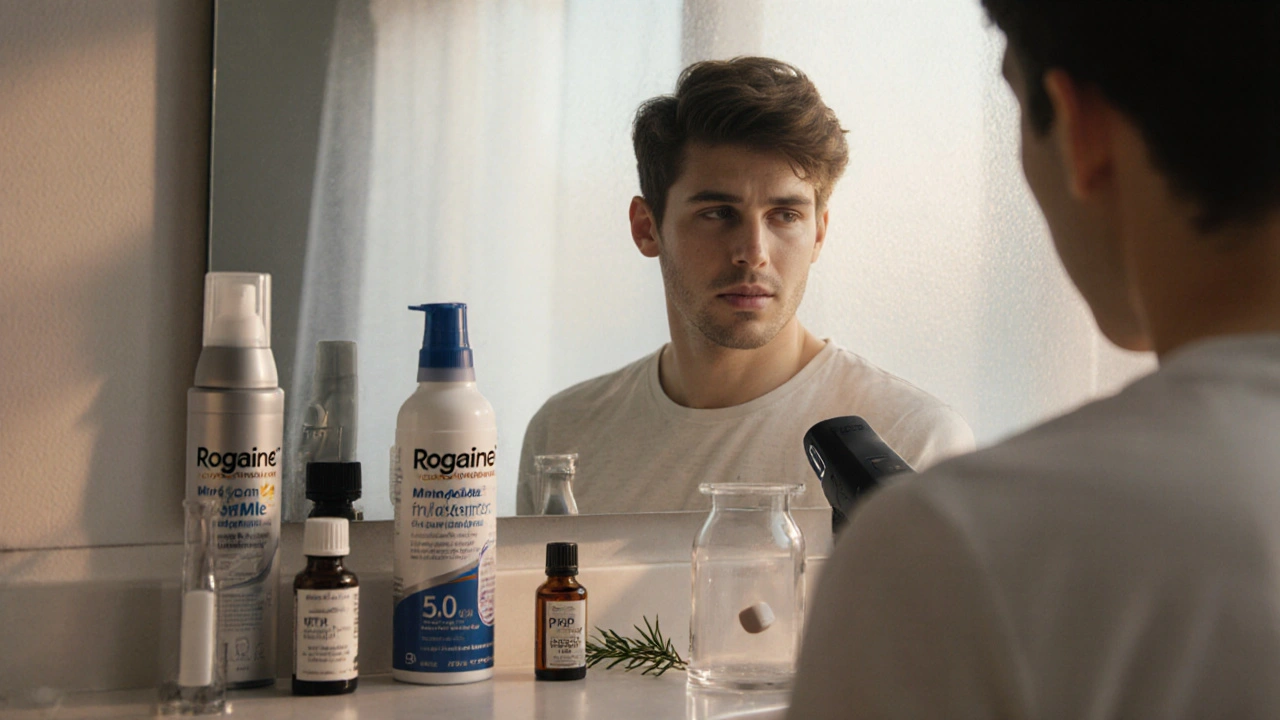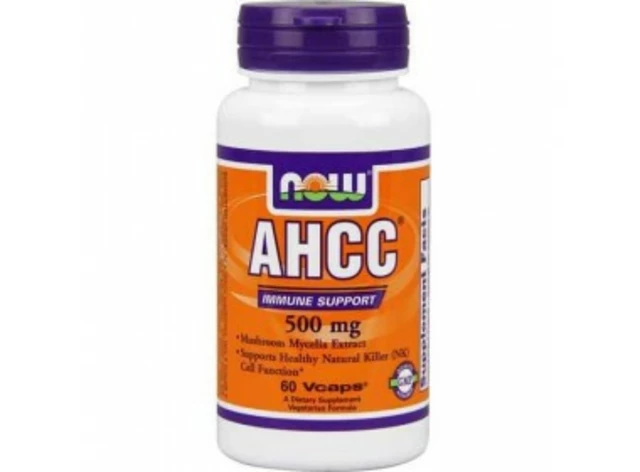Compare Hair Loss Treatments – Your Complete Overview
When you compare hair loss treatments, you’re looking at a range of medicines, supplements, and procedures that aim to slow or reverse thinning hair. Also called hair restoration options, this process helps you weigh effectiveness, safety, and cost before picking a plan.
Understanding the root cause is the first step. Androgen‑dependent alopecia, stress‑induced shedding, and nutritional deficiencies each respond to different strategies. For instance, hormone‑driven loss often improves with drugs that block DHT, while telogen effluvium may settle with lifestyle tweaks. By mapping the cause to a treatment type, you create a logical foundation for any comparison.
Key ingredients you’ll encounter
Topical solutions dominate the market, and minoxidil, a vasodilator that stimulates blood flow to hair follicles is the most common. It’s available over‑the‑counter in 2% and 5% strengths, works best on early‑stage loss, and shows measurable regrowth in about 12 weeks for many users. Side effects are usually mild – scalp irritation or unwanted hair growth on adjacent skin – but they’re worth tracking.
Oral options target the hormonal pathway. finasteride, a 5‑alpha‑reductase inhibitor that reduces DHT levels is prescribed for men with pattern baldness and can halt progression in up to 90% of cases. It’s taken daily, and users often notice thinner shedding before new growth appears. Potential drawbacks include sexual dysfunction and, rarely, mood changes, so a doctor’s supervision is essential.
Beyond drugs, many turn to laser therapy, low‑level light devices that claim to boost follicle metabolism. Handheld combs or caps emit red light wavelengths that may increase ATP production in cells, leading to thicker shafts over several months. Clinical data are mixed, but the method is non‑invasive and free of systemic side effects, making it attractive for people wary of medication.
Supplemental support rounds out the toolkit. Nutrients like biotin, zinc, and iron address deficiencies that weaken hair shafts. Plant extracts such as saw palmetto and pumpkin seed oil act as natural DHT blockers, offering a gentler alternative to finasteride. While evidence varies, most users report improved texture when supplements fill a dietary gap.
Procedural interventions sit at the high‑end of the spectrum. Platelet‑rich plasma (PRP) injections deliver growth factors directly to the scalp, and hair transplant surgery moves healthy follicles to balding zones. Both provide lasting results for suitable candidates, but they come with higher costs and recovery periods. Deciding whether to invest in a clinic‑based solution depends on your budget, hair loss severity, and long‑term goals.
Cost, side‑effect profile, and ease of use are the three pillars of any treatment comparison. Topical minoxidil is inexpensive and easy to apply but requires daily commitment. Finasteride costs more per month and needs prescription oversight, yet many find the once‑daily pill more convenient than a foam. Laser devices have a sizable upfront price but become cost‑effective over years of use. Supplements are low‑risk but may deliver modest gains unless paired with other therapies.
Now that you’ve seen the main players, you can start matching your situation to the right approach. Below you’ll find detailed articles that break down each option, compare side effects, price points, and real‑world outcomes. Use them as a cheat sheet to build a personalized plan that fits your lifestyle and budget.






